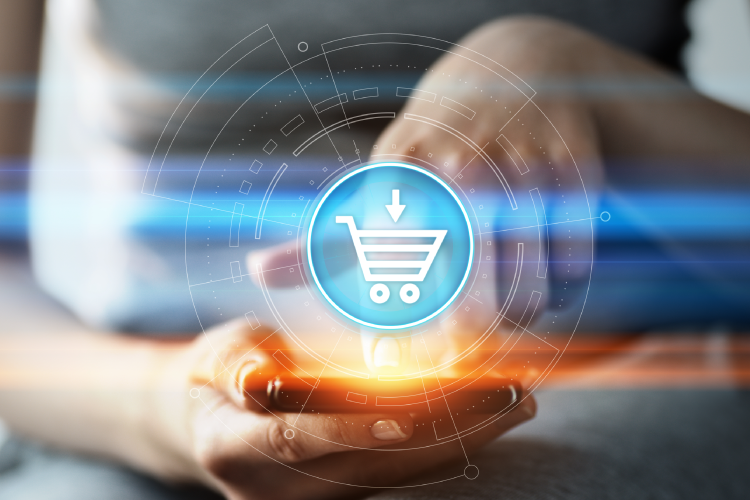Currently, the global influence of the coronavirus pandemic on advertising investments cannot be accurately foretold yet. Considering the IAB survey on US market conditions, we can expect that most advertisers will be redistributing their marketing budgets in the short run.

The funds intended to be used for traditional forms of communication are expected to be redistributed into the second half of the year, while the focus is currently given to communication over digital channels and digital advertising. The trend towards the growth of the use of digital channels can also be noticed in other markets; with some amendments, we can expect the same to happen on the domestic market.
Where to invest advertising means in order to effectively overcome the pandemic period?
Just like in the previous “crisis”, we can also expect that this pandemic will serve as a lever for the increase of investments in digital forms of communication. Advertising infrastructure is currently better and more advanced than it was a decade ago, while the media consumption of digital content has also been proven.
I believe that change will come about faster this time around. According to eMarketer forecasts, investments in digital advertising in China, where the situation has somewhat calmed down, will increase by 13 per cent in 2020. Here at iPROM, we recorded a 52 per cent increase in traffic on domestic digital media between February and March.
In Slovenia, where the effects of the virus are still relatively fresh, it is currently impossible to predict the exact growth trends as far as investments are concerned. I believe that the tables will turn. Farmers sell their products online, connect through new platforms, and deliver produce through delivery services or contactless points of delivery. A new, previously largely unknown business model for farmers has developed overnight.
We can also see that online stores owned by large retailers are confronted, to a greater or lesser degree, with challenges due to an increased number of visitors, which is why a lot of smaller stores that have digitalised their operations practically overnight, thus quickly taking advantage of the new situation have also appeared on the internet.

The trend: purchase locally
The “local purchasing” trend is a consumer trend which is increasingly gaining in popularity these days. Both the country and the economic associations are encouraging customers to buy local products in order to contribute to the reinforcement of the capacities of the Slovenian economy.
Just like the market, the media space is also being created locally, while the considerable increase in visits of the domestic digital media offers numerous opportunities to advertisers. When it comes to the efficiency of advertising, domestic digital media, combined with the data management platform (DMP), are turning out to be the best practical possibility, while the desired target group can nowadays be reached even faster, considering the significantly increased access.

The key is a more efficient method of accessing the target group
According to the information provided by IAB USA, most of the companies will focus their efforts on communicating their mission and social responsibilities in the couple of months to come. When it comes to the implementation of advertising, they will more often include approaches enabling them to target and efficiently reach the target group in their strategies of purchasing advertising space in digital media (according to the IAB survey, the demand for these services has increased by 38% in the United States).
An efficient reach of the target groups through advanced data use is a tried-and-true tactic that we also use here at iPROM to help our clients face the new situation. Agility plays an important role in the process. During this past month, we have sped up the process of adapting advertising strategies in cooperation with our clients, while programmatically managing the process of displaying advertising messages in connection to content within each individual medium, seeing as the context in which the ads are placed today is extremely important. Displaying the right advertising content to the right people in the right place and on the right device, regardless of the medium where the advertising messages are shown, is of key importance. The user comes first – this has never rung truer than these days.
Once the coronavirus “tsunami” passes, market shares in certain industries will definitely change: users will adopt new sales channels, and keep their new purchasing habits to a certain extent. Currently, we mostly only buy what we really need. The digital shopping process differs from the classical one, while digital advertising, contrary to traditional advertising, is based on advanced targeting and real-time measurements.
I believe that, due to new circumstances, the digital ecosystem will quickly become one of the key intersections of supply and demand. Once the situation is stabilised and the new reality settles in, we will be able to see who has done their homework, both from the point of view of communication and advertising, and when it comes to user experience. If a trademark is not strongly anchored in the mind of a “digital” consumer, it will simply not sell the product. Anyone taking advantage of the digital wave at the right time will be able to enter the new reality from a stronger position of power in the long run.
